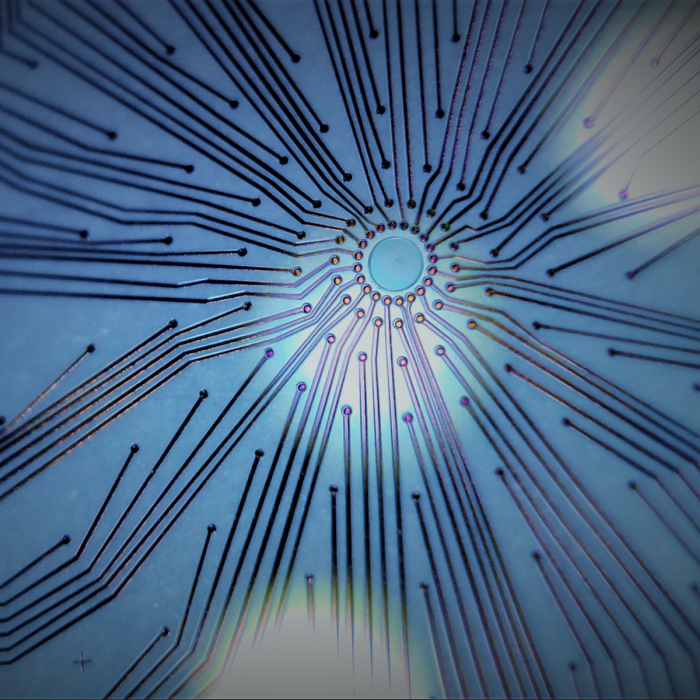About Us
The focus of our group is on understanding brain function works under both normal and pathological conditions with an ultimate goal of developing techniques for diagnosing and treating some of the most devastating neuropsychiatric diseases. We focus on using approaches which extract information at multiple scales and then combine them into a more complete and meaningful understanding of brain physiology. We feel this multi-scalar, multi-modal approach is particularly powerful for understanding the human brain because of its complexity and architecture which is, by nature, multi-scalar. This information can then be used to design therapeutic interventions including brain-computer (machine) neuroprosthetics. To reach these goals we are actively developing new methods (neurotechnology) for measuring and modulating neural activity in the brain and using sophisticated signal processing and machine learning techniques to better understand complex neural signals. We are a founding lab of the Clinical Data Animal Center (CDAC) and the Center for Neurotechnology and Neurorecovery (CNTR). We are also part of the consortium of labs involved in the BrainGate Clinical Trial.
Neurophysiology of Epilepsy
Our lab conducts research to better understand the neurophysiology of epilepsy. There is a lot we don’t know about seizures including how they start, propagate and ultimately terminate. This knowledge can help sufferers of epilepsy in several ways: we can discover new therapeutic strategies to disrupt their seizures, and find new ways to predict the occurrence of upcoming seizures, such that they can be better managed. To pursue these goals, we use animal models as well as information collected from patients with epilepsy using routine, clinical electrodes as well as specialized micro-electrodes.
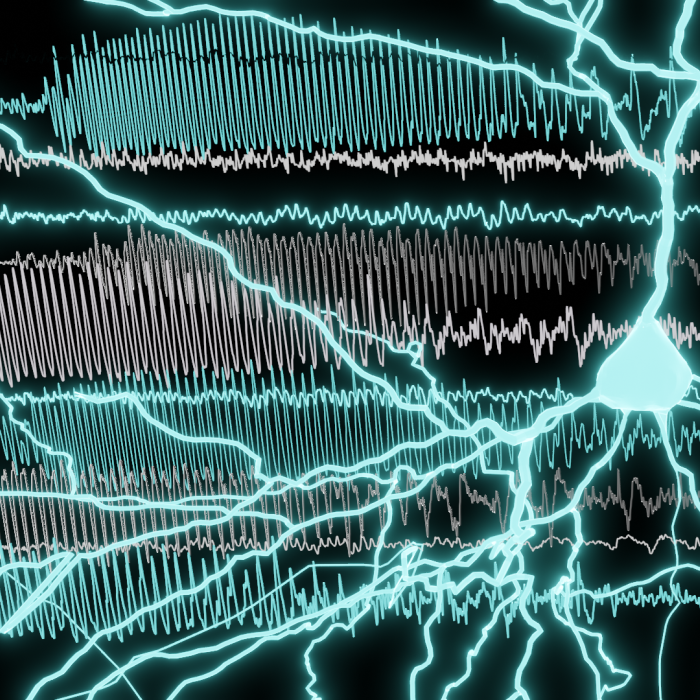
Understanding Human Cognition
We are also studying some of the basic mechanisms of how the brain works. We are particularly interested in a deeper knowledge of how language, emotion, auditory and memory processing occur. One of the ongoing studies focuses on directly decoding neural activity representing the semantic basis of language. Decoding semantic information directly would allow entire words or concepts to be generated in a more natural fashion and could lead to intuitive and efficient communication prostheses and interface systems.
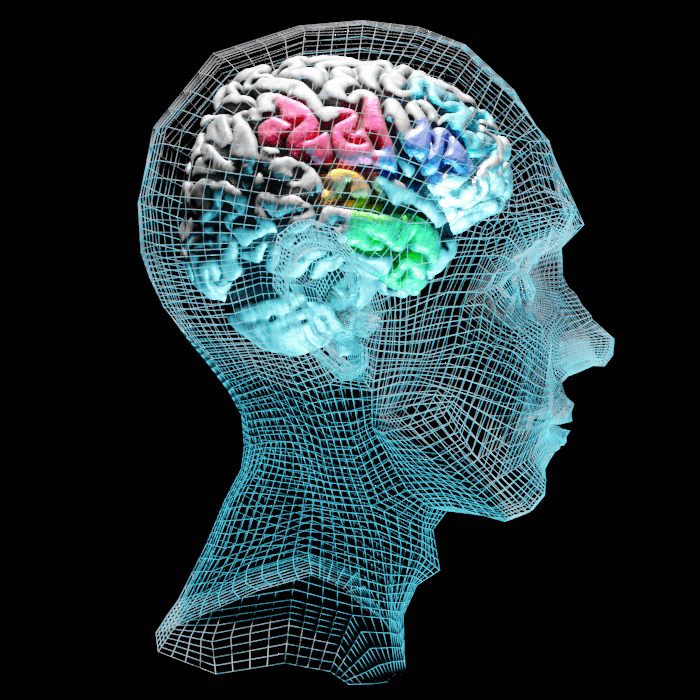
Understanding Sleep and Dreams
While human cognition during the waking state is of obvious interest, it is equally fascinating what happens while we are asleep. Despite an enormous literature on this topic remarkable little is known about the fundamental mechanisms of sleep activity in the human brain or the purpose of those activities. Our current research is focused on understanding how some of the characteristic rhythms and elements of sleep arise in the human cortex. We are also examining the role of sleep during memory formation and consolidation and how we might be able to use neuromodulatory techniques to impact this function of sleep.
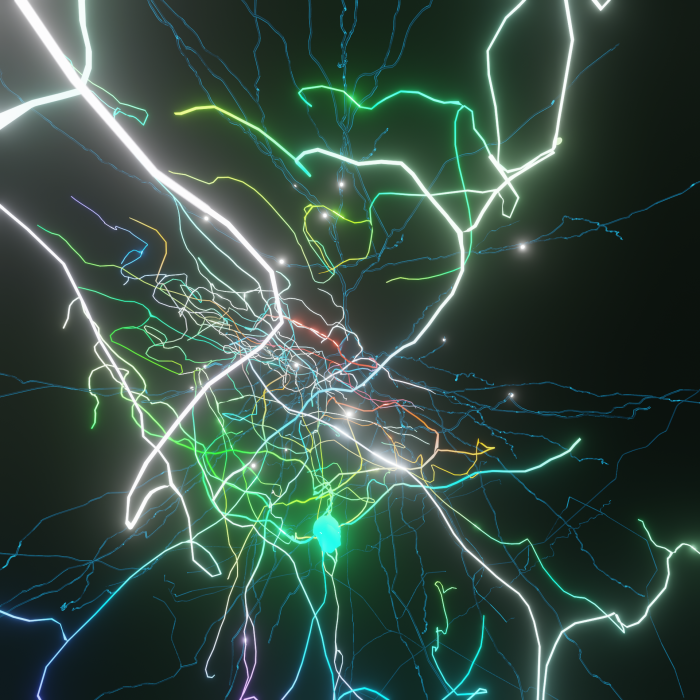
Fundamentals of Cortical and Subcortical Oscillations
Interwoven between many of our investigations is an interest in the oscillatory and rhythmic activity of the brain. These are features, which are obviously present during sleeping and dreaming but also during normal cognitive activity, make a fundamental component of active cognition and have gone pathologically askew during epilepsy. We are investigating the mechanisms and importance of different oscillatory activity during many different brain states and how this may reflect network activity. This issue also involves looking at where in the cortical laminar different oscillatory activities are generated. As in our other projects we use primarily intracranial recordings in patients — including both clinical electrodes and specialized research electrodes – to obtain data specific to humans on this issue.
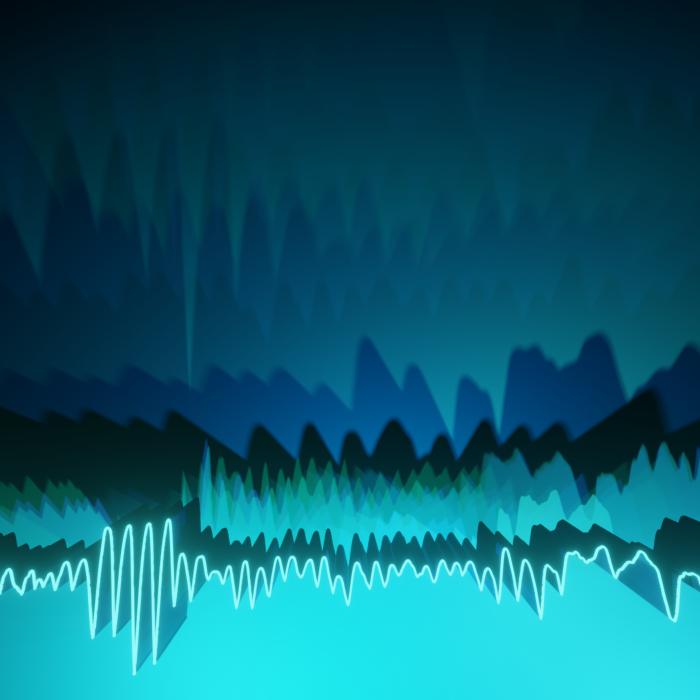
Brain-Computer Interface Research
The largely basic science issues which we focus on in much of our work culminates in a practical launching point with our work on brain-computer interfaces. The focus of these projects is on mechanisms through which recording and therapeutic systems can be interfaced with the nervous system – a form of brain-machine interface research. These projects include the development of new recording systems collaboration with researchers in Dr. Sodini’s laboratory at MIT and collaboration with the BrainGate project. Ultimately, all of these projects aim toward the creation of both invasive and non-invasive mechanisms for restoring damaged neuronal function.
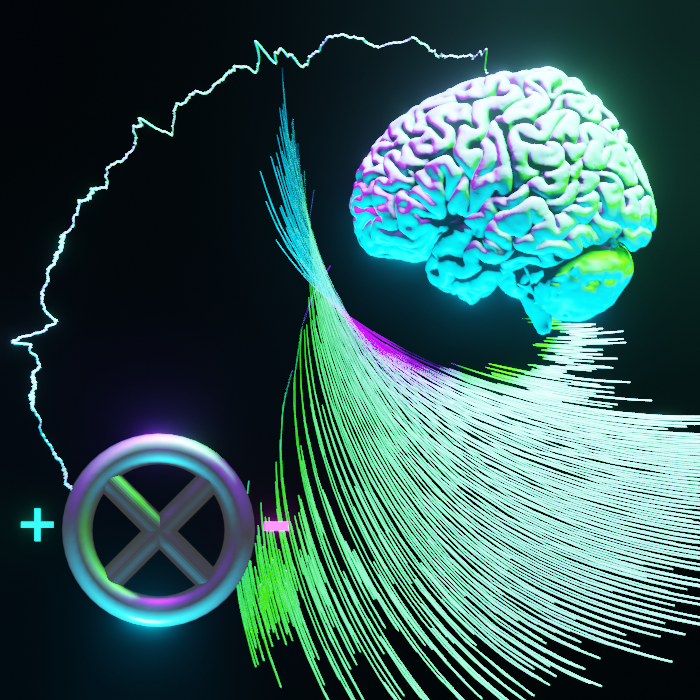
Neuromodulation of the human brain
Recent breakthroughs have demonstrated the utility of direct electrical stimulation as a therapeutic tool for brain disorders such as Parkinson’s, epilepsy, and OCD in hundreds of thousands of patients. We study how direct electrical stimulation affects the human brain, particularly from the level of single neurons to local field potentials. In understanding the neural mechanisms of electrical stimulation, we will be to derive novel, targeted, and mechanistically driven therapeutic approaches that could revolutionize stimulation-based treatment for patients and open up new therapeutic avenues for interacting directly with the human brain.
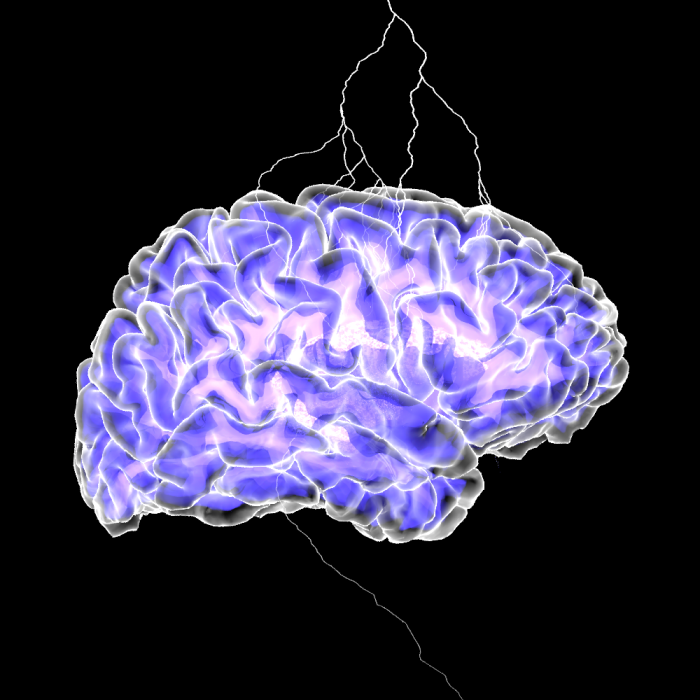
Neurotechnology
Cutting edge advances in nanotechnology, device manufacture, and engineering and electronic circuits have enabled the development of even more powerful, flexible, and high resolution recordings and stimulation approaches to the brain across the neuroscience field. We try to operate in that translational boundary of research and development to make these new technologies available to both the clinical and neuroscience fields. These projects include the development of new recording systems collaboration with researchers in Dr. Sodini’s laboratory at MIT. This also includes new ways of measuring and modulating neural activity using nanofabricated magnetic materials. This is a collaboration with Dr. Nian Sun and colleagues at Northeastern University. Further, we have a collaboration with Dr. Shadi Dayeh at UCSD for the development of novel electrode devices to record ongoing neural activity. Ultimately, all of these projects aim toward the creation of both invasive and non-invasive mechanisms for restoring damaged neuronal function.
